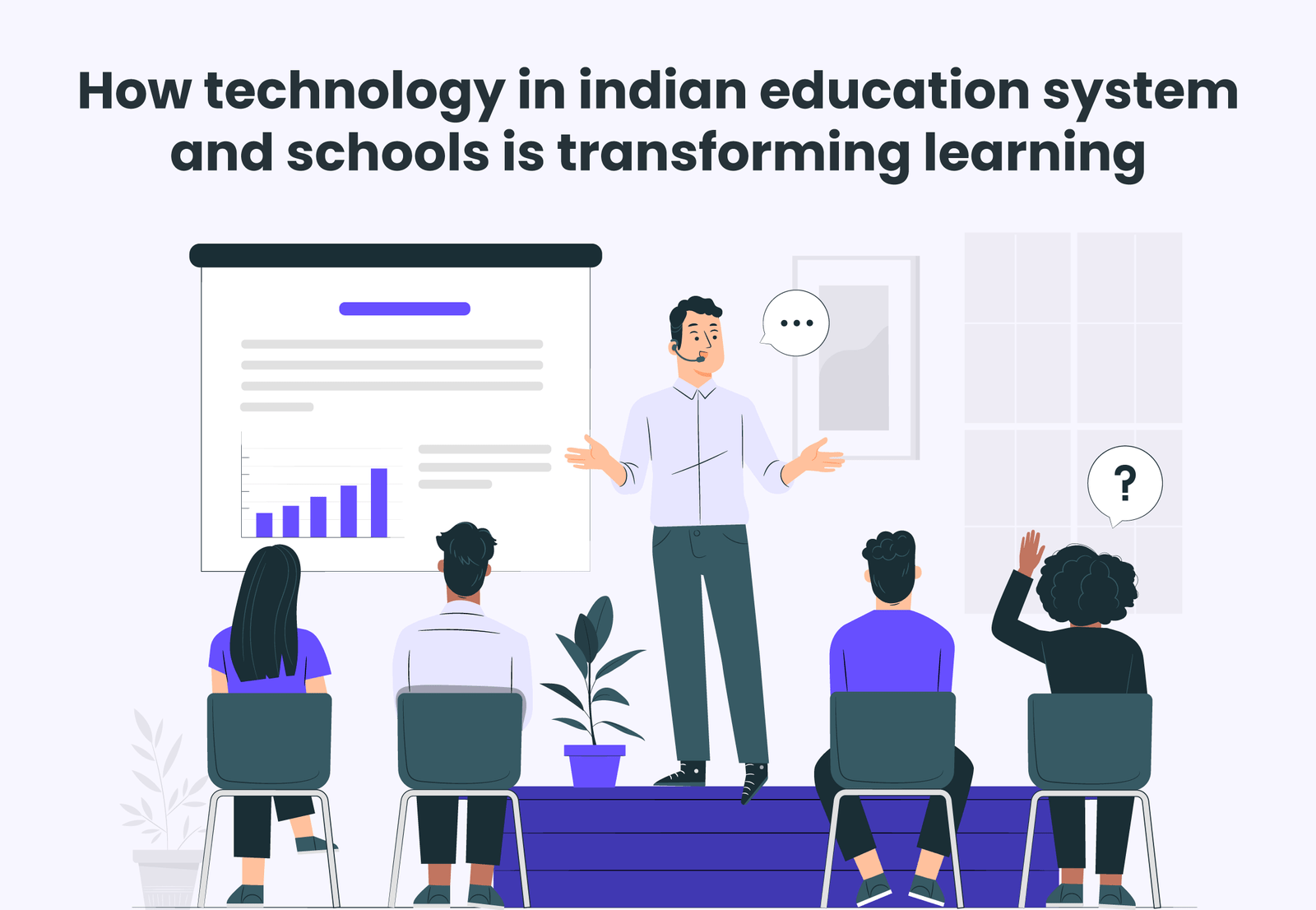How technology is transforming education?

Not long ago, computers were only used in computer labs. If you were caught using your mobile or tablet in class, you had all the ballots to earn a good punishment. The backpacks were full of notebooks and textbooks, and they were increasing in weight as you passed the grades. technology is transforming education And, above all, it was unthinkable to attend a History, Language or Mathematics class from your own home. Here are seven arguments that show how technology is transforming education.
Technology: how has it transformed the school?
New technologies have gradually gained prominence in the classroom. But COVID-19 arrived and, after the closure of educational centers in almost the entire world, they became an indispensable tool for education . However, the pandemic only accelerated a process of digital transformation that the school, step by step, had already been carrying out for some time.
#1 Attend class from anywhere
This has perhaps been one of the most radical changes in the education system in the last year. The possibility of giving classes online is not only useful for times like the present, but also allows education to be taken to remote places (Ayuda en Acción works in many of them!).
#2 Learning from experience
programming and education New technologies (such as robotics , programming or 3D printing) allow students to apply in a practical way what they learn in theory. In addition, they enhance creativity, logical reasoning, spatial orientation or coordination. This more practical teaching, with dynamic and fun content, results in the motivation of the students . This makes it an exceptional ally in combating educational abandonment and disaffection.
#3 More inclusive education
It eliminates the historical barriers that students with visual or hearing disabilities have always faced, since they can follow the same methodologies and contents at the same pace as the rest of the class.
#4 Individualized monitoring of students
The new technologies applied to teaching allow teachers to individually monitor the learning process of each of their students. Thanks to them they can detect their needs and draw up a personalized training itinerary . It even offers them the possibility of carrying out a more complete evaluation, not only based on knowledge, but also on aspects such as participation, their attitude in the work groups or progress during the school year.
#5 More direct communication between the educational community
The paper notes that the boys and girls delivered at home –some happier than others– when the term ended seem to be a thing of the past. Also today, tutoring is no longer the only way of direct contact between teachers and parents. Now it is common for the entire educational community to use digital platforms and social networks through which parents can communicate with the center or with each other.
#6 The student marks his own pace of learning
Another aspect in which technology has transformed education is that it allows learning to be more individualized. The digital environment and access to other study materials favor self-learning .
#7 Strengthen the digital skills of students
It is estimated that in 2019 in Europe there were 900 . 000 jobs in the technology sector that could not be covered due to lack of qualified personnel. Thus, technology opens up a range of job opportunities for children and adolescents .
And… three risks
“With great power comes great responsibility,” said a well-known comic. In the case of the relationship between technology and education, it entails a series of risks.
face-to-face classroom• The disappearance of face-to-face . The school has an irreplaceable value, since it is a space for exchange and development outside the family environment. There, childhood and adolescence, in addition to acquiring knowledge, learn to live together and interact with other children and adolescents.
• The digital divide deepens the educational divide . In order to access technological education, electronic devices and connection are needed. An expense that many families cannot afford. On the other hand, the educational centers that have more economic resources have more possibilities of offering teacher training or of having up-to-date equipment. All of this deepens the inequality that exists between households with more and fewer resources and undermines the future opportunities of children and adolescents who live in vulnerable situations.
• Confuse the meaning of digital transformation . The incorporation of new technologies in the classroom must be accompanied by a change of model and methodologies. It is not only about replacing textbooks with tablets or chalk and the traditional blackboard with digital blackboards, but it must be supported by a profound change in the educational system.
Technology is transforming education, but, as we have seen, it is important that this change does not forget the most vulnerable students and does not make it even more difficult to achieve SDG-4 . At Ayuda en Acción we have been working for years to incorporate technology into education in the countries where we work, launching educational innovation projects such as Innovo and Cambio in Nicaragua and GEN10S and L@bs4Opps in Spain.






